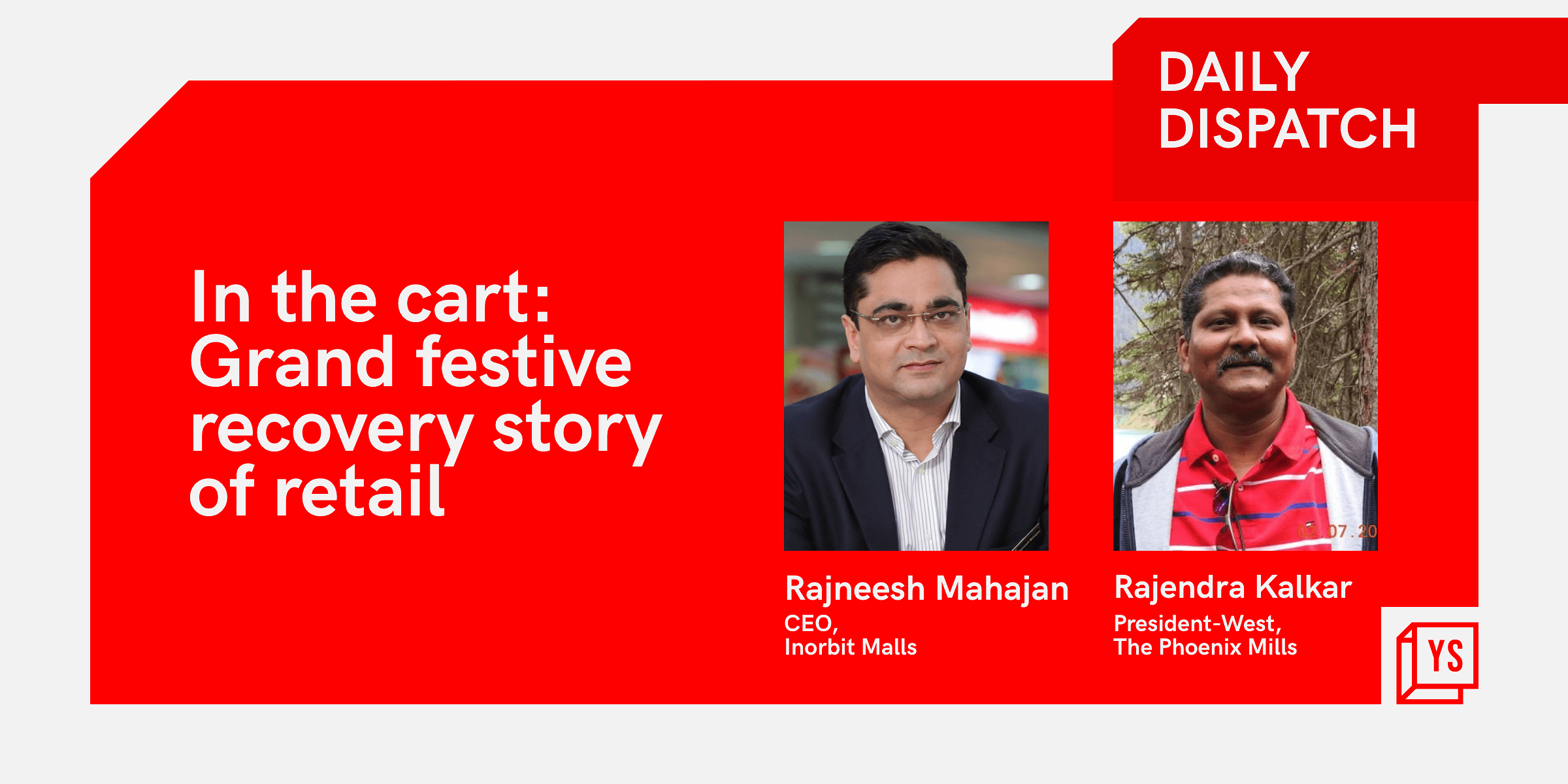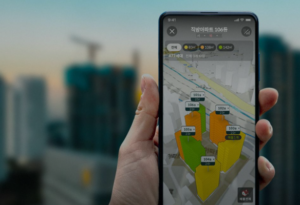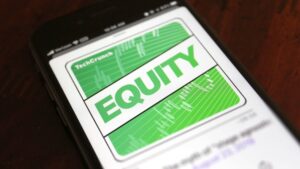The Indian retail industry is one of the fastest growing and dynamic industries which according to Kearney Research, is projected to grow at a slower pace of 9 percent over 2019 to 2030, from $779 billion in 2019 to $1,407 billion by 2026 and more than $1.8 trillion by 2030.
Shopping malls have become an important hotspot for growth in retail. In this context, Rajendra Kalkar, President-West, The Phoenix Mills and Rajneesh Mahajan, CEO, Inorbit Malls come together on YS’s Daily Dispatch to discuss the evolving scenario at Indian shopping malls which will lay the foundation for the future of retail in India.
Rajendra says that things have been looking quite good across India in the last couple of months. In the previous financial year, post Diwali, only certain categories had picked up but this time, post-Navratri all the categories have picked up very well. “In some locations, some malls we also see that they have been doing much better than the 2019 numbers,” he says.
Speaking of footfalls, Rajneesh says that when he looks at Baroda malls which are primarily situated in the Tier II region, a gradual ramp up of footfall was noticed. “During the festive season, we literally touched the pre-pandemic footfall,” he says. While in the case of Hyderabad, the recovery rate was upto 70 percent because most of the offices had still not resumed full-fledged offline work. Mumbai on the other hand saw a 50-55 percent recovery because of the requirement of double-vaccination.
He adds that consumption is, however, a completely different dimension as compared to footfall and one of the key parameters that they track internally is “per person spend”.
“Per person spend used to be sub-1000. This is close to Rs 1500-1600 now. We are seeing a growth of 50-60 percent in that. So, people are coming less but when they come, they do a serious shopping,” says Rajneesh.
Rajendra mentions that the luxury brands have been doing much better as compared to most of the other brands. The story of luxury brands has been constant throughout the pandemic, and they have not seen much of a down trend. Even during the lockdown, a number of different forms of shopping evolved for luxury brands as their customers embraced the technology and continued with interactions over videos, etc.
While talking about the trends and experiences through the pandemic, Rajneesh says that the recoveries were comparatively faster after the second lockdown as after the first lockdown, people took a backseat and observed. After the second opening, within the first six weeks, they were close to 85-90 percent of pre-pandemic numbers as compared to the first lockdown during which it took about four months. “Today, we are opening more stores than we ever opened in the past,” he says.
He adds that there was a trend noticed wherein a lot of brands were looking at high street in terms of expansion. All retail partners were seeking 25-30 percent more space. “A brand who was talking about a thousand sq. feet store carpet is now talking 1300-1400 sq. feet carpet,” says Rajneesh. He adds that by saying that at The Phoenix Mills, they had some brands who wanted to ramp up their space demands from 1000 sq. ft. to 4000-5000 sq. ft.
Commenting on the future of malls, Rajneesh says that looking at the present run rate, there is a lot of excitement for the upcoming future.
“We expect at least 17-20 percent consumption growth on our properties over pre-pandemic consumption numbers,” he says. Adding to that, Rajendra says that an important factor that needs to be explored is that in the last few years, a lot of money has been poured into the online retail sector which will now be used by the brands to push for offline expansion as well which will bring in a different level of ballgame. “Things look much brighter for the malls now,” he says.










